Shahpur-Kandi dam coming up in Jammu & Kashmir-Punjab border truly implements Indus Waters Treaty of 1960: Indian minister
India's Minister of State in the Prime Minister's Office, Dr Jitendra Singh, has said that Shahpur Kandi National Project coming up along the border between Jammu and Kashmir and Punjab vindicates the Indus Waters Treaty (IWT) of 1960 between India and Pakistan
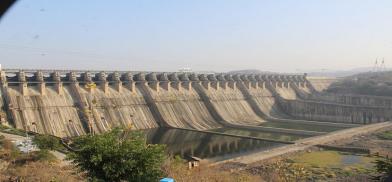
India's Minister of State in the Prime Minister's Office, Dr Jitendra Singh, has said that Shahpur Kandi National Project coming up along the border between Jammu and Kashmir and Punjab vindicates the Indus Waters Treaty (IWT) of 1960 between India and Pakistan.
The treaty signed by the then Indian prime minister Jawaharlal Nehru and Pakistan president Ayub Khan gave India control over the waters of the three eastern rivers, namely Beas, Ravi and Sutlej, while Pakistan was allowed control over three western rivers, namely Indus, Chenab and Jhelum.
However, in the absence of this project, the major part of India's share of water from river Ravi was flowing into Pakistan, the minister stated.
In a media interview about major developmental transformations brought about in Jammu and Kashmir by the Modi government, Singh cited the Shahpur Kandi Project which had been stalled for several decades. Following the personal intervention of Prime Minister Narendra Modi, this anomaly could be corrected, and the Indus Waters Treaty signed by the first prime minister of India "has been now truly implemented in letter and spirit", he said.
Singh said it was either a case of lack of understanding, or misplaced priorities, or motivate political considerations, that whenever there was cross-border firing or strained relations with Pakistan, many leaders from the region immediately raised the populist demand to stop the flow of water flowing into Pakistan, without knowing that most of India’s share of water was flowing into Pakistan because of the absence of this dam.
As soon as the issue was brought to the notice of Prime Minister Modi, he personally intervened for immediate revival of the project.
Once this game-changer project becomes fully functional, said Singh, the border districts of Kathua and Samba in Jammu and Kashmir, and districts of Pathankot and Gurdaspur in Punjab, will be the main beneficiaries with sufficient availability of irrigation and power.
The dry or less irrigated zone, which was traditionally referred to as “Kandi” belt, will no longer be known as Kandi and the future generations will not be even aware of this expression, he said.
Hoping that the Shahpur-Kandi Dam project will become functional by November 2022, Singh said it will be a historic landmark as one of the major events marking the 75th year of India’s independence.
He said the Shahpur Kandi Dam Project aims to utilize full water of the river Ravi in Indian territory.
Almost 63 per cent work of Main Dam has been completed and, on its completion, Shahpur Kandi Dam Project shall provide intensive irrigation facilities in 32,000 hectares area falling in the districts of Kathua and Samba and 5,000 hectares falling in district Pathankot.
The Shahpur Kandi Dam Project is being constructed on River Ravi 11 km downstream of Ranjit Sagar Dam and 8 m upstream of Madhopur Headworks in Pathankot District. It will reduce the outflow of the river water.(SAM)



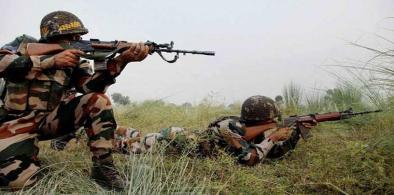
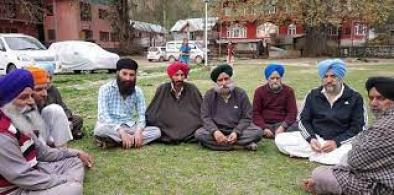
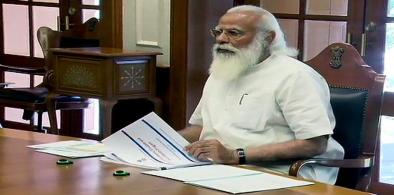



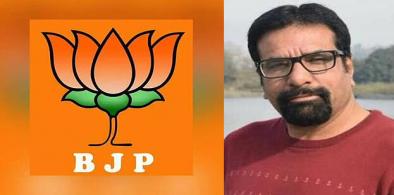












Post a Comment